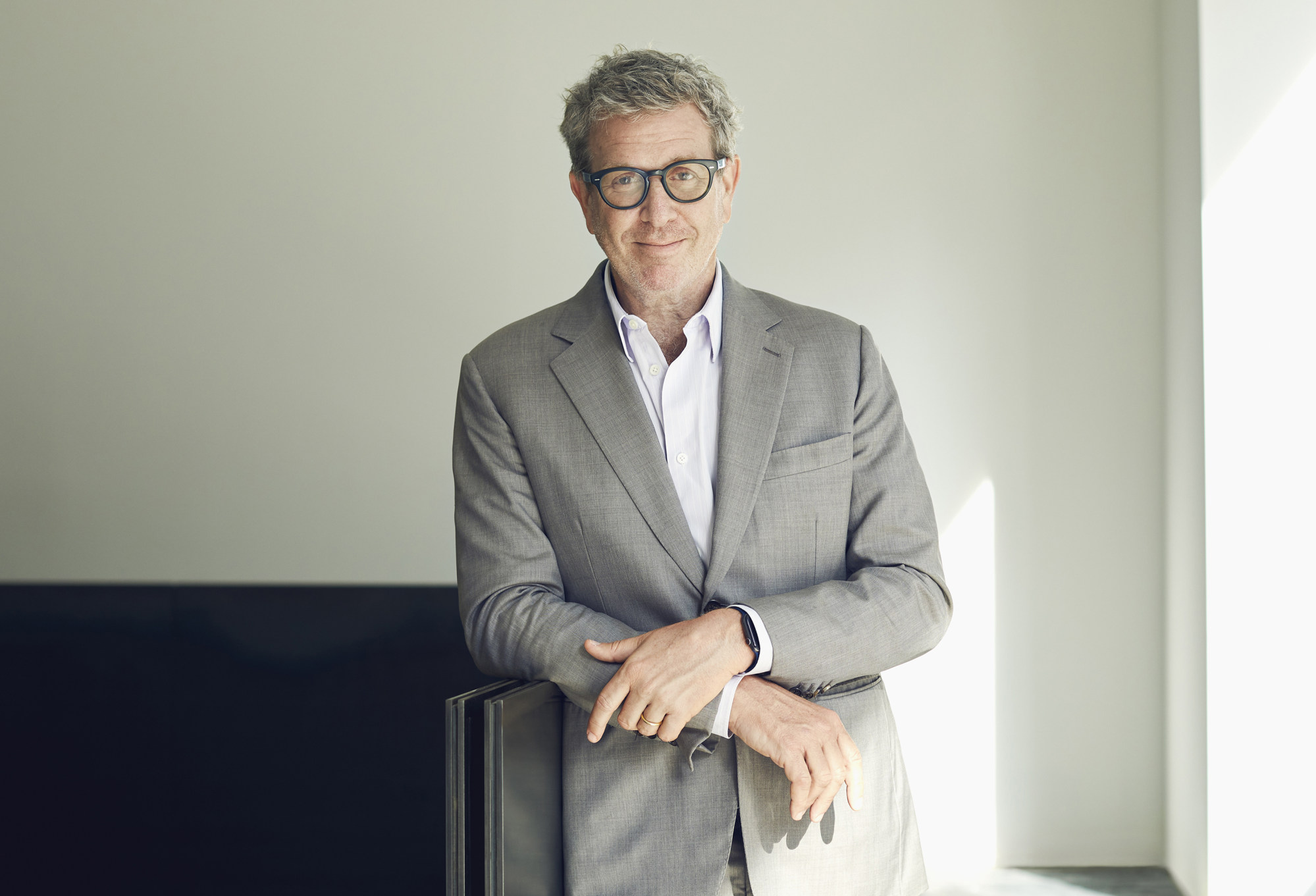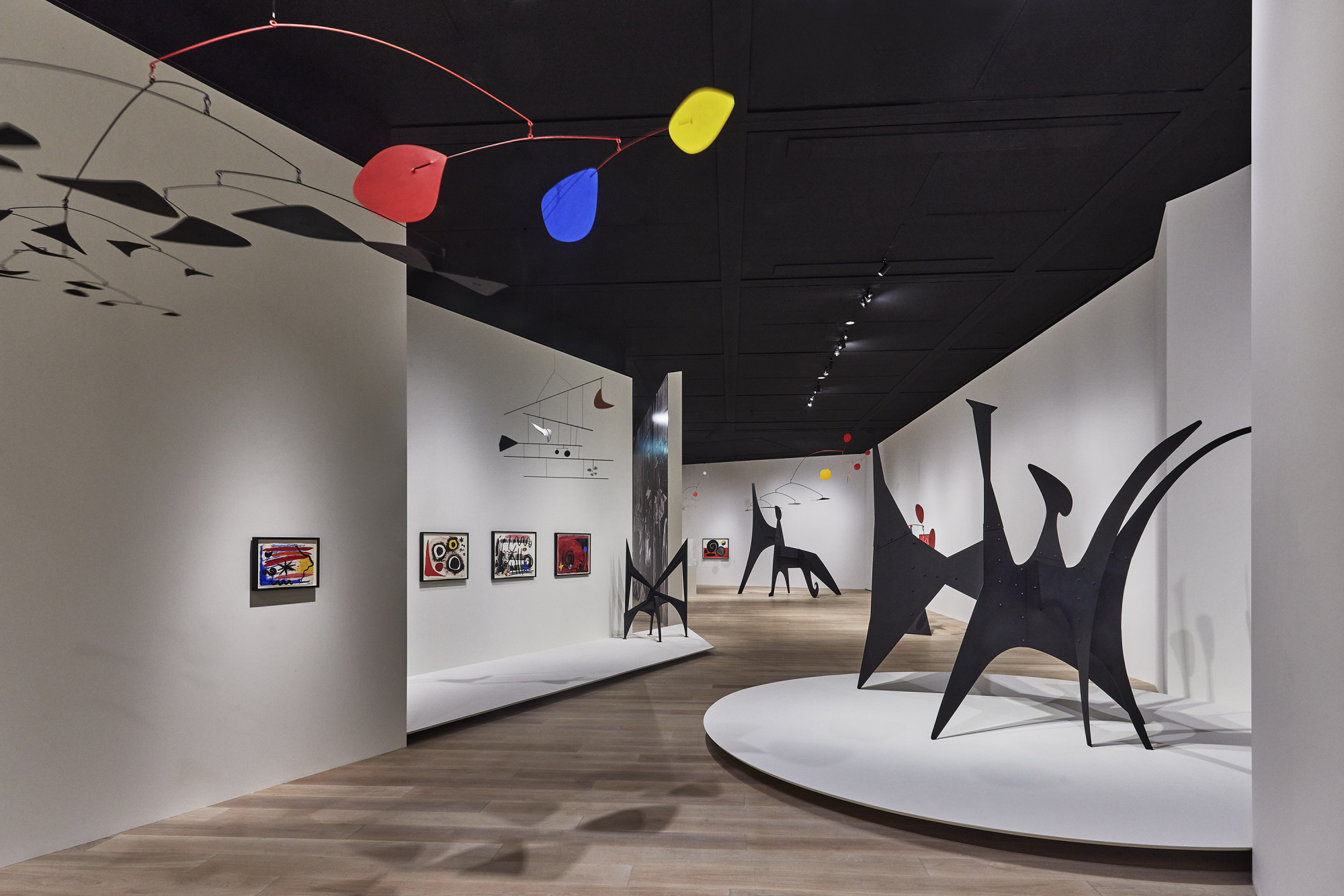“Our love for Japan, Japanese aesthetics and its art community accounts for so much of this decision [to open a gallery],” said Marc Glimcher, Pace’s New York-based CEO and a son of the gallery’s founder, Arne.

Unlike Seoul during the pandemic, Japan did not see an influx of Western galleries either opening there for the first time of expanding existing spaces.
Pace will be the first major Western gallery to open in Tokyo since Perrotin arrived in 2017. But with the launch of Tokyo Gendai and Art Week Tokyo, the latter of which started in 2021, the country’s already rich cultural offerings have become more eye-catching.
“The energy in Tokyo has shifted and Americans and Europeans are spending so much more time there.
“Like Paris, Japan has become more than an occasional tourist destination. Overseas collectors are buying houses there. Things are happening there that you do not want to miss. On balance, Japan’s energy has been very positive in our world.”
Japan has long been a favourite among Hong Kong holidaymakers, with many affectionately calling their frequent short hops to the country “going home”.
It is no coincidence that Tokyo, which claimed top spot in Tripadvisor’s list of trending destinations for 2024, has also attracted new art fairs and international galleries, Glimcher said. “The economy follows the energy,” he remarked.

The same can be said of Seoul, which took second place in Tripadvisor’s ranking. The Korean capital launched art fair Frieze Seoul in 2022, and is home to a number of large permanent exhibition spaces run by Western galleries, including Lehmann Maupin, White Cube and Pace, which expanded its presence in Seoul by moving into a new gallery in the Hannam-dong neighbourhood in 2021.
While Japan’s art market is smaller than that in Hong Kong, galleries need a presence there to be close to the country’s vibrant art scene and satisfy their artists’ and clients’ desires to have exhibitions there.
“Artists want to show in Japan,” Glimcher said. “And the Chinese and Koreans all want to be there.”
This opens up the question of how Hong Kong, still facing an uphill battle to get its mojo back, features in Pace’s regional strategy.
In March, the man who ran Pace’s Chinese and Hong Kong business for 16 years, Leng Lin, left. He was responsible for the gallery representing more Chinese artists than many of its international rivals. Even after Pace closed its Beijing gallery in 2019, local artists such as Zhang Xiaogang, Yin Xiuzhen and Song Dong have stayed on.
Hong Kong has had a bad couple of years but you can’t replace it as a pan-Asian meeting spot.
Leng’s departure also came shortly after his appointment to a new “Round Table” of the gallery’s most senior directors that Glimcher introduced as part of a management reshuffle in late 2022. There is no word yet of his replacement.
Glimcher said there will be announcements later in the year that confirm the gallery’s commitment to Hong Kong.
At the moment, the person in charge of deciding what will happen to Pace’s Hong Kong gallery is Samanthe Rubell, who took over as Pace’s president from Glimcher in 2022.
“We made the Japan plan two years ago,” Glimcher said. “Last year, [Rubell] spent a lot of time in Japan. This year, she has been spending all her time in Hong Kong and China.” There will be an announcement in September about a new hire, the gallery said.
Glimcher said it is impossible to replace Hong Kong. “Hong Kong has had a bad couple of years but you can’t replace it as a pan-Asian meeting spot. I can’t run an Asian operation without Hong Kong,” he said, referring to the city’s geographical location and tax-free status for art.
While the Chinese art market is still in the doldrums, he expected a recovery in three years.
“I am definitely seeing a very exciting art world in China and Hong Kong. Also, how many really hot young artists are there now versus four years ago?
“That number has increased a lot, including a lot of women artists in China, as I discovered when I made 20 studio visits earlier this year.”
“Calder: Un effet du japonais”, Azabudai Hills Gallery, Tokyo. Until September 6.

